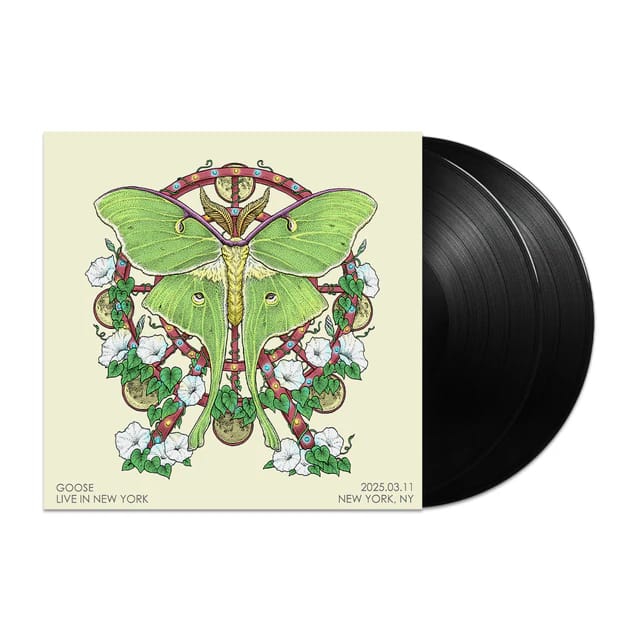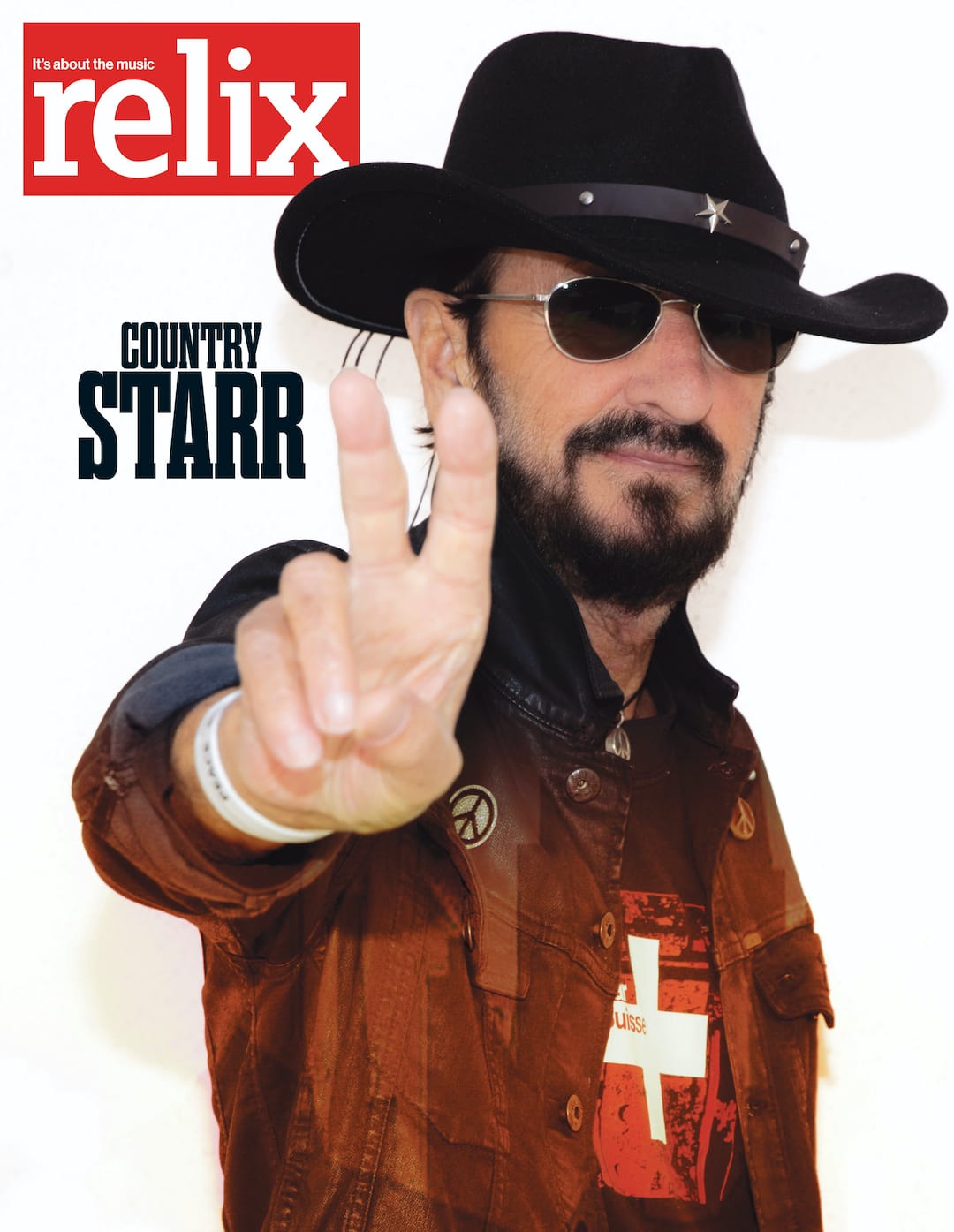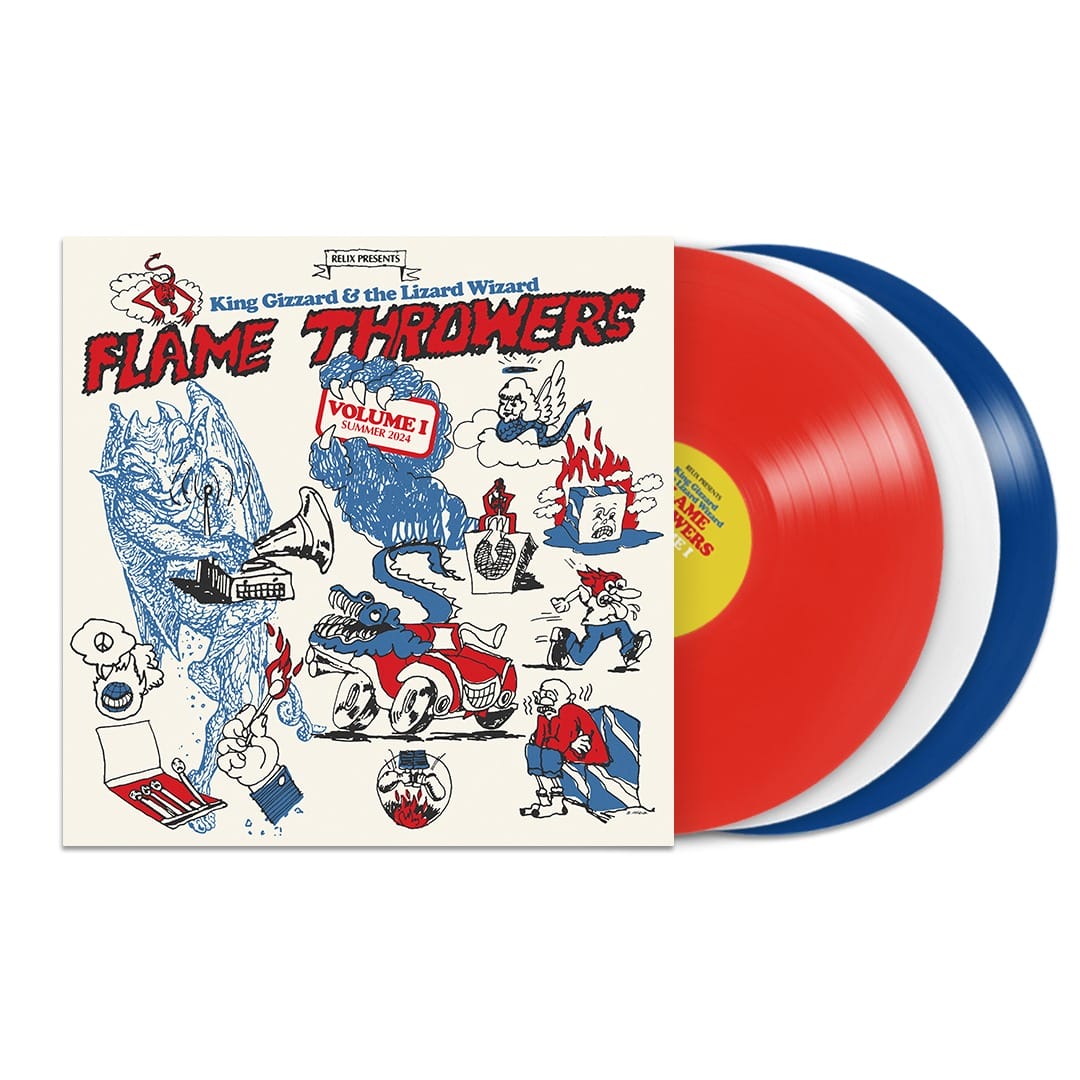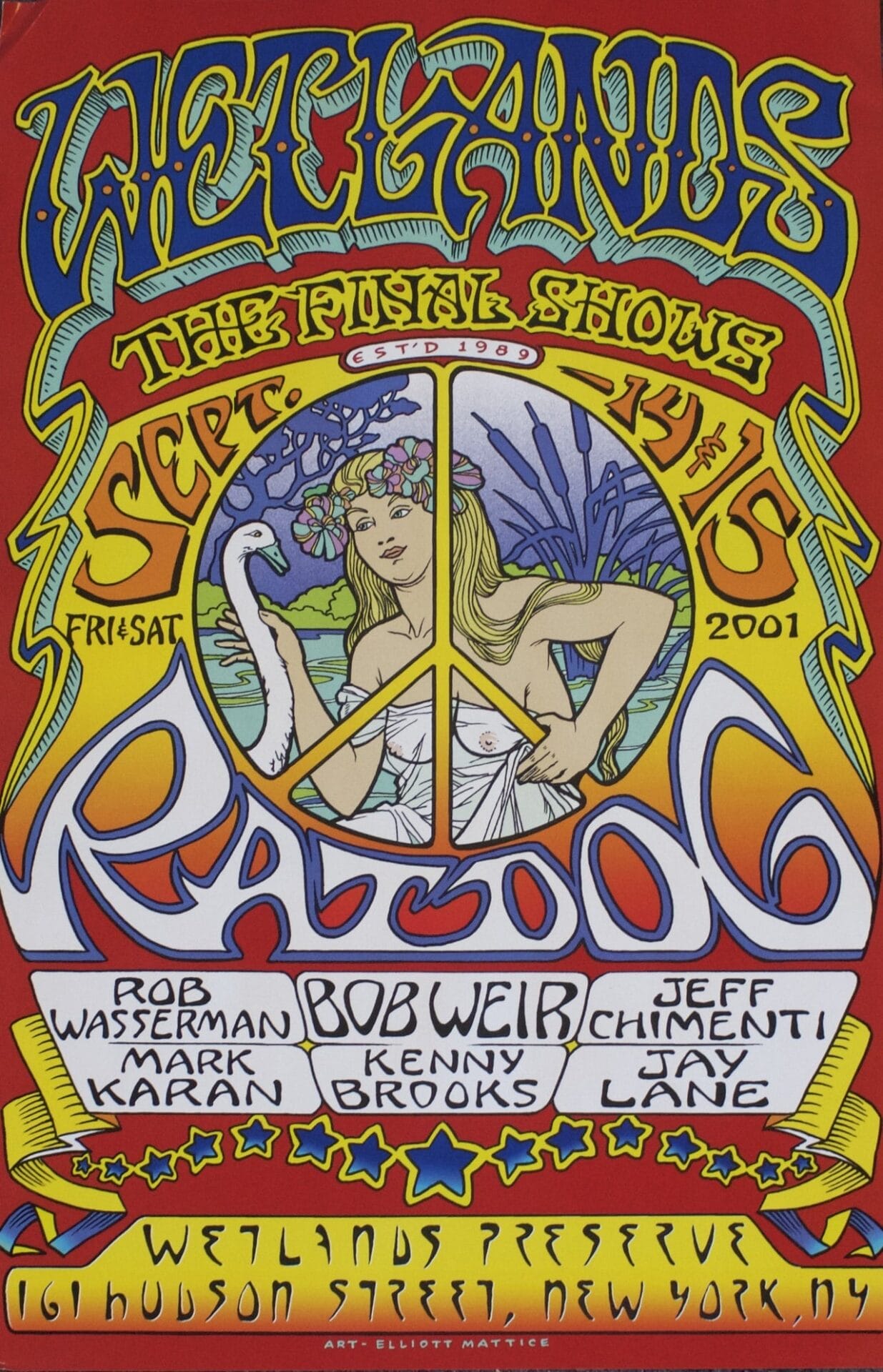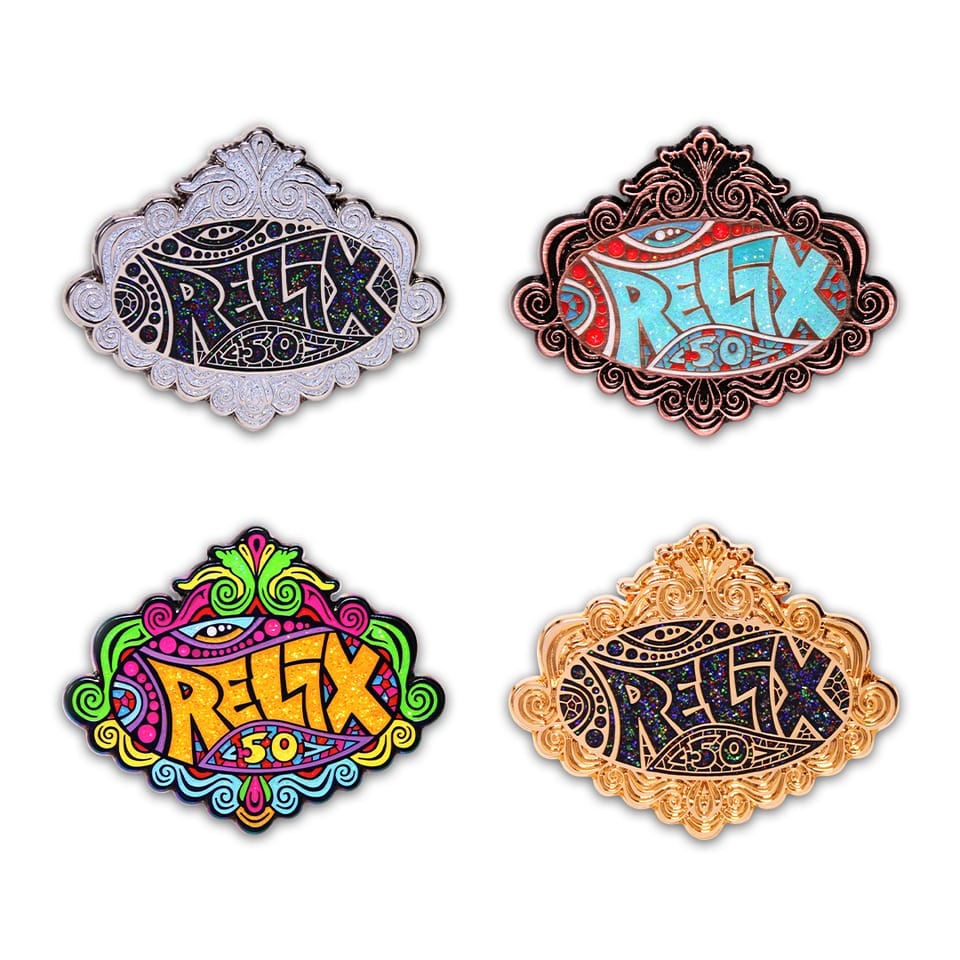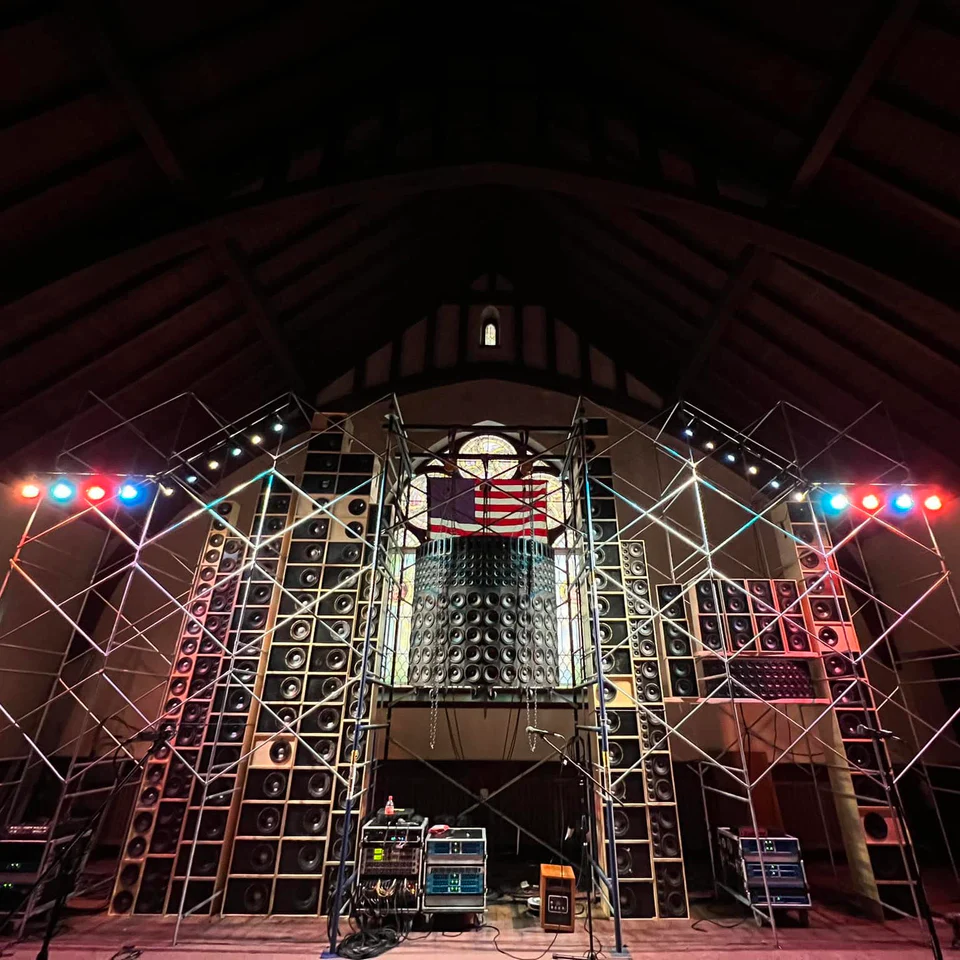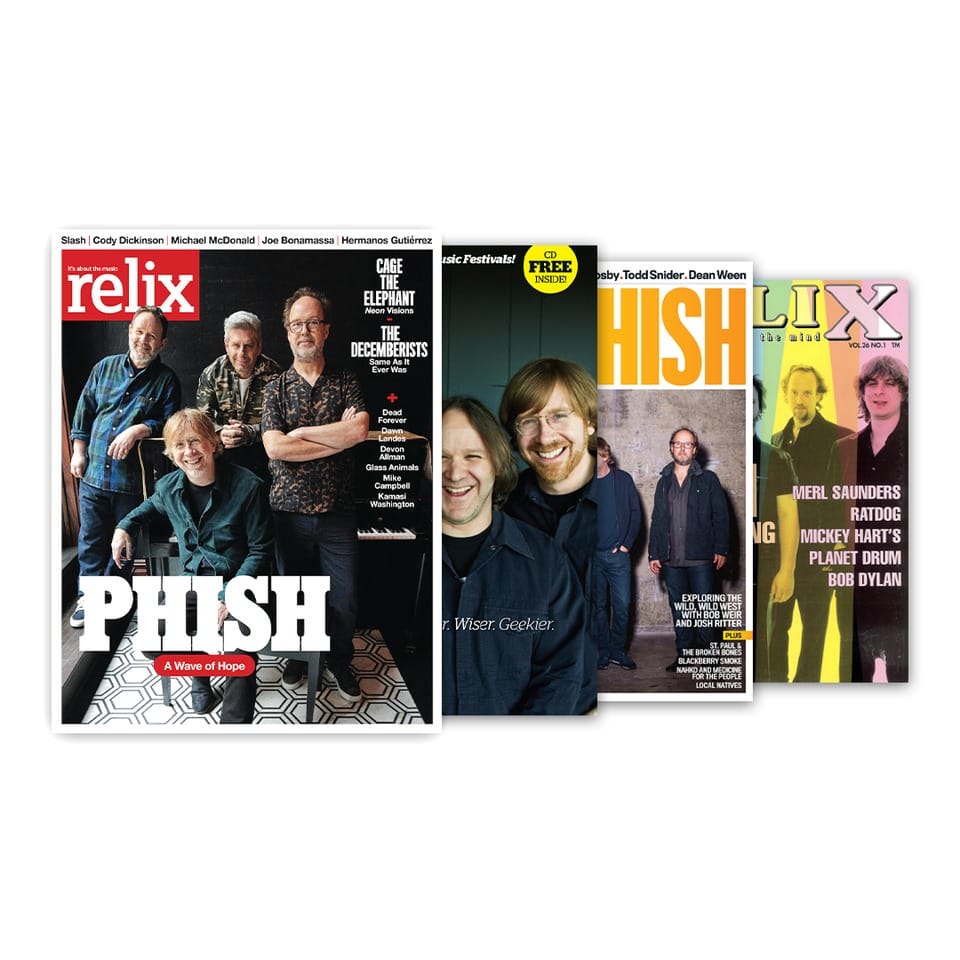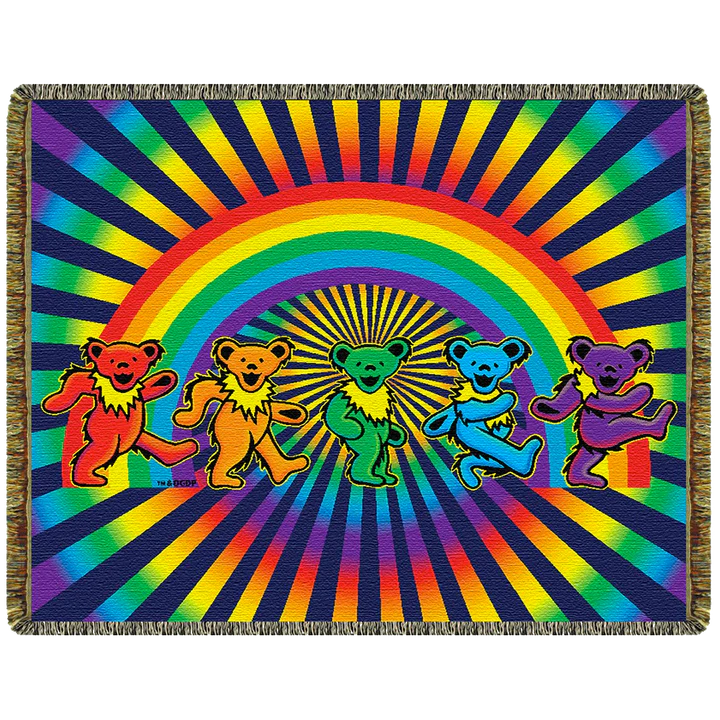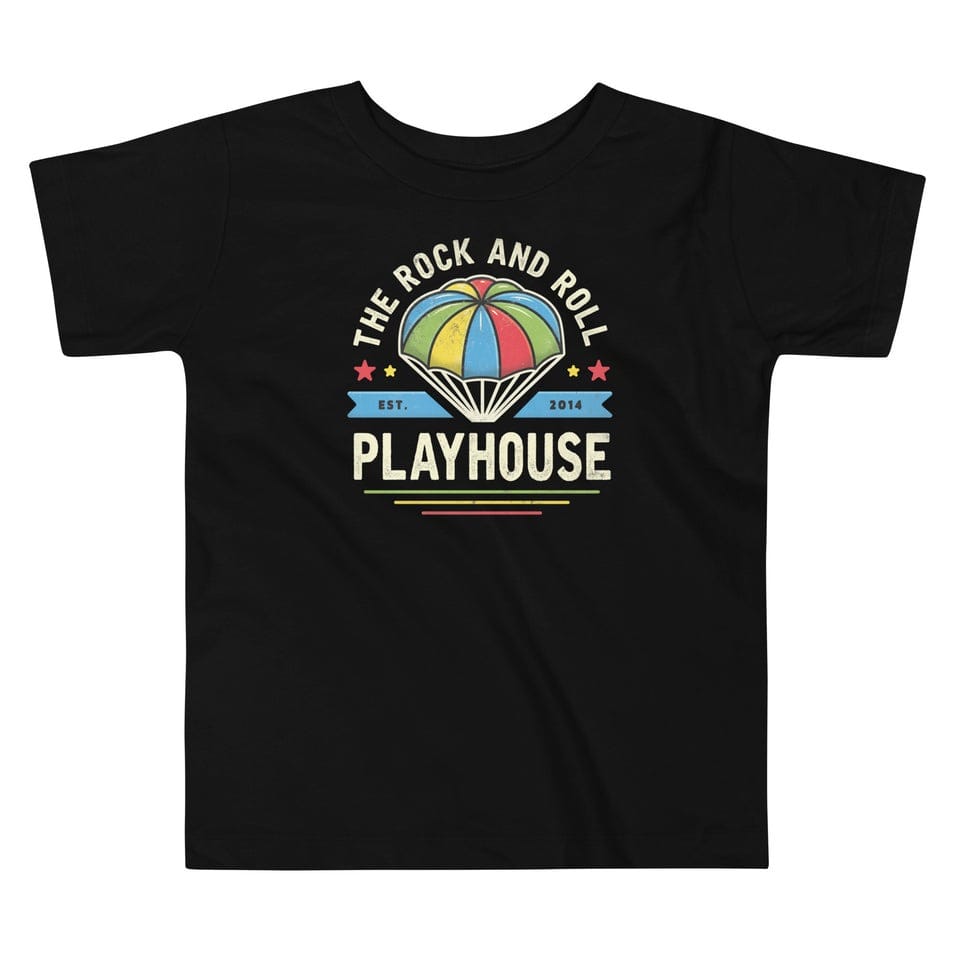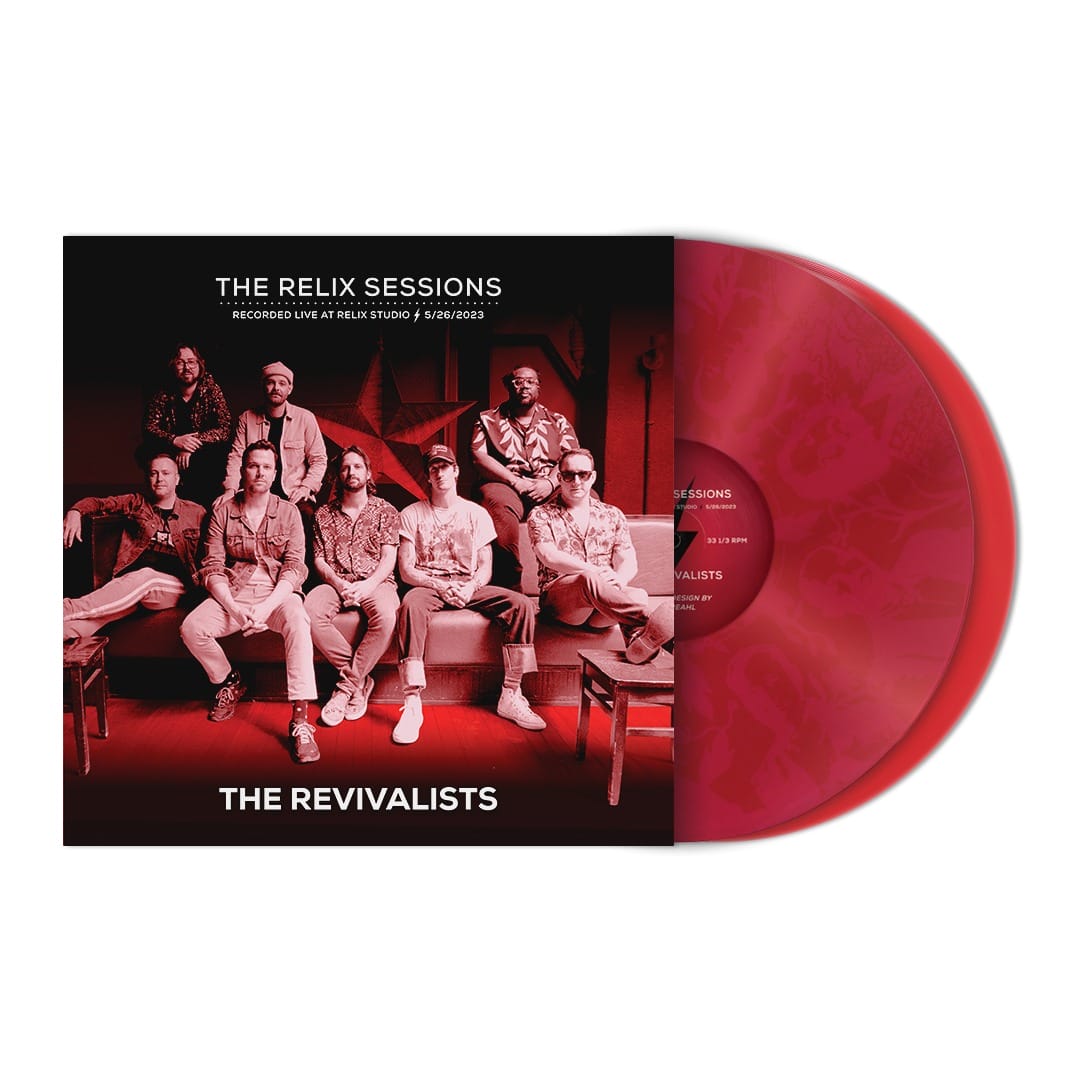50 Years of Jazz Fest: A Deep Dive with Quint Davis
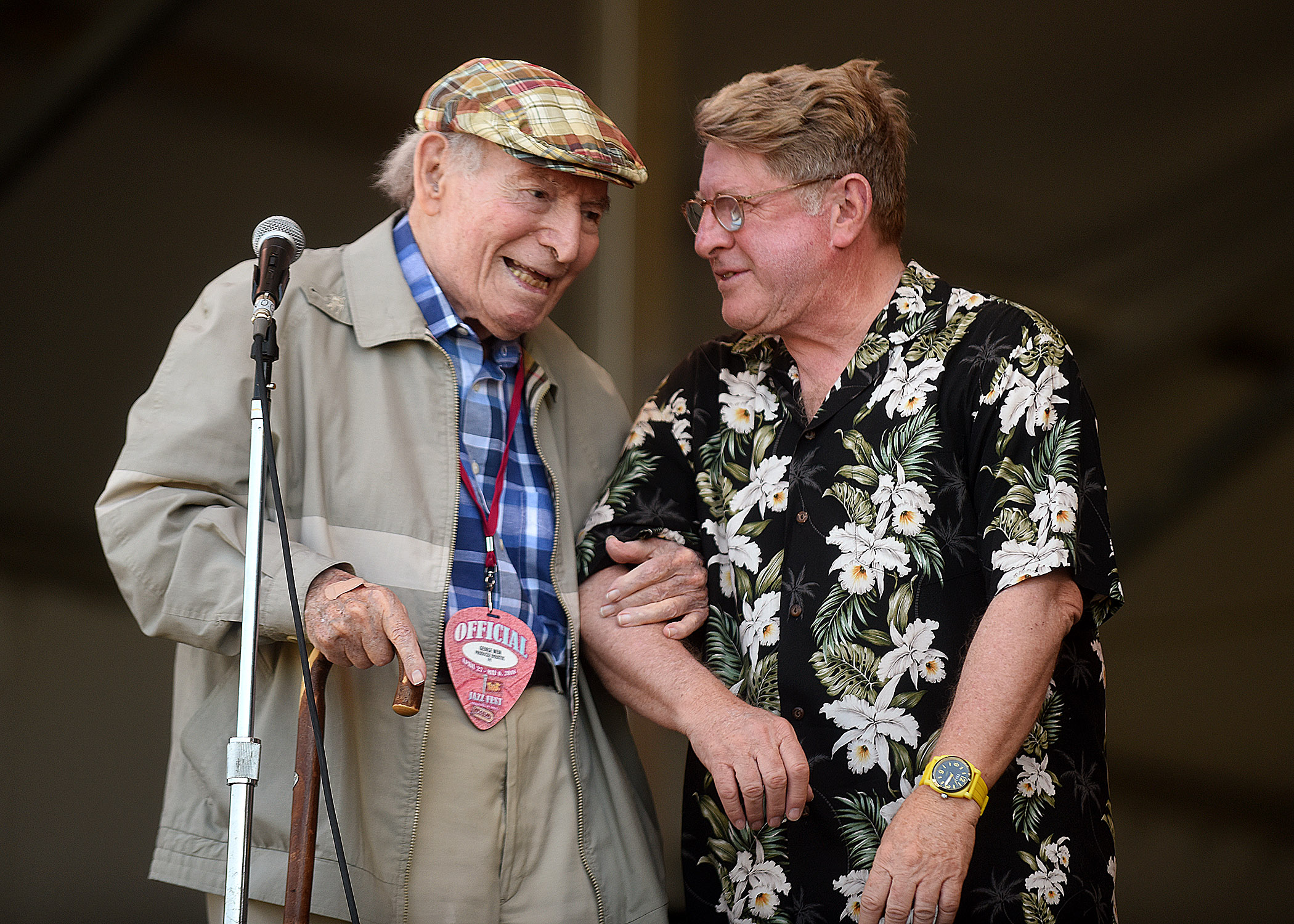
George Wein and Quint Davis at Jazz Fest 2018 (photo by Dino Perrucci)
New Orleans Jazz & Heritage Festival producer Quint Davis shares his perspective on the 50th year of the fest.
This article is part of our 50 Years of Jazz Fest celebration and appears in the special Collector’s Edition April/May 2019 issue of Relix. Subscribe here using code NOLA50 and get 20% off.
“This whole ’50’ thing—I can’t really get my head around it, actually,” reveals New Orleans Jazz & Heritage Festival producer Quint Davis. “If I go back and look at pictures and stuff, I still can’t figure it out. But after 50 years, to still be not only thriving, but also relevant with our traditional music structure is an amazing thing.” Davis, who grew up in the city, embraced its culture from an early age, finding his way into local clubs while still a teenager. He was a Tulane University student in 1970 when founding producer George Wein tapped him to help secure local acts for the initial Jazz Fest. Only a few hundred people attended the inaugural event at Congo Square, a far cry from the 450,000 who were on hand in 2018 at the Fair Grounds Race Course (where the festival moved in 1972). However, as
Davis notes, “We have the exact same palette that we had the first years in Congo Square. We have a jazz tent, we have a gospel tent, we have a blues tent, we have The Meters on a funk stage, we have jazz funerals going on. It’s immensely bigger, but it’s the same palette.”
As you began programming the 50th year of the festival, did you have a particular goal or principle in mind?
The thing to remember is that each stage has one national guest per day. Everything is from around here, by which I mean New Orleans and Southwest Louisiana. We have about a thousand gospel singers, 40 Mardi Gras Indian tribes, and 40 Social Aid and Pleasure clubs—both onstage and participating in parades. There are 30 brass bands—traditional, in-the-street New Orleans brass bands. A lot of them are young and they can funk it up. For a kid in the inner city to reach for a trombone to play jazz, is astounding. In most cities, they’re just going to be handed a ball—a baseball, a football—but not a clarinet. But here, they are given instruments.
We also have New Orleans acts who are now national acts, like The Revivalists and Trombone Shorty, who will headline their stages. The Revivalists are closing the Gentilly stage on Friday, and Shorty closes the whole festival every year. So that’s a great evolution.
We’re also doing a lot of tributes because we’re very tied to our ancestors. We have a tribute to Allen [Toussaint] and a tribute to Fats [Domino]. We have the “Piano Professors” tribute. The first Sunday in the jazz tent is the Ellis Marsalis Family Tribute—a tribute to Ellis, the top of the clan so to speak—with Wynton Marsalis, Branford Marsalis, Delfeayo Marsalis, Jason Marsalis and Ellis himself. So Wynton is playing with everybody in the family, which I think has only happened a couple of times.
In thinking about the national guests, we have people who have been here for many years and have been woven into the fabric of the festival. That’s how you get Santana, Van Morrison, Bonnie Raitt, Dave Matthews Band, Jimmy Buffett, Al Green, Boz Scaggs, John Fogerty, Herbie Hancock, Buddy Guy and others.
Now, having said that, you have to look both ways. I like to point out that heritage is not only looking in the rearview mirror; heritage has to be looking out the front windshield.
Jimmy Buffett and John Fogerty are two of the artists often seen walking around the festival, sampling the food and taking in the music.
Absolutely. For many years we had two festivals—we had the Fair Grounds that went until 7 p.m., and then we had The President, an art deco, side-wheeled, paddleboat steamer. The whole inside was one big ballroom with a balcony all the way around. We did James Brown, Ernie K-Doe; we did Sun Ra out in the middle of the river going in a circle chanting, “Space is the place.” One night, there was a really long line for the 8 p.m. show, and I see John Fogerty in the line. And John Fogerty, to me, was, like, Elvis. So I go up to him and I say, “Why don’t you come on in here?” And he said, “No, no, it’s OK.” So I told him, “Please, come out of this line and let us host you a little.”
Another year, I met Paul Simon on the balcony on The President. He had come to see The Neville Brothers, but he didn’t contact us. He was married to Carrie [Fisher] at the time, and there they were on the balcony. Then one night on the Blues Cruise, ZZ Top came on with their beards tucked into their shirts. And, Buffett will put on his cap and head off to go eat.
This year’s roster also includes a few notable first-timers.
Katy Perry is in that rare firmament with the top two or three women in the world. She has, from what I’ve seen on the last two tours, what might be the most highly produced arena production in the world. She’s like an Olympic athlete with what she does in this show.
[Ed. note: The Rolling Stones are no longer playing this year’s Jazz & Heritage Festival. Instead, Widespread Panic will be taking over the headlining slot on Thursday, May 2.]
The Rolling Stones are probably the biggest band in the world and they have the biggest stadium production in the world.
We don’t have a roof; we don’t have lights. We’re a daylight-only festival, but both of them really want to do it. Katy’s coming down here and she’s going to rip the place apart. It says something fantastic about them because not everybody will do that. We know from asking artists we won’t mention, who won’t play without their production.
When The Rolling Stones announced their tour, it was all stadiums. At first, we didn’t list ourselves but, a few weeks later it came out that they’re also going to play this field in New Orleans with real good oyster sandwiches.
The Stones are a blues-based band at heart, so they totally get everything that’s here. In “Down Home Girl,” Mick sings, “I’m gonna watch you do the second line with an umbrella in your hand.” I actually did that once with him and Charlie Watts. It was the Prince of Wales Social Aid & Pleasure Club. We found the parade, and we were just kind of walking along the side. So now, “Down Home Girl” has come to life.
Well, Mick bolts out in the middle of the street, in the second line behind the band, and because he’s the real deal, I’m sure he’s done this in Haiti and in Brazil. I’m wondering if all these people here in the heart of the city know who it is—he gets out there in the middle and is dancing—I mean he’s Mick Jagger, he’s getting down. Then, they start a street chant, “Go Mick, Go Mick, Go Mick…” He was in the middle of the whole second line and they’re turning to him chanting. Then we had to get him out of there. [Laughs.]
For folks who are interested in some of the more unheralded acts, do you have any suggestions?
To make it a quick, easy answer, look at the schedule of the Cultural Exchange Pavilion. All the other venues are pretty much genre-specific, but the cultural exchange tent has something different every hour, and it all says something about this festival. Just looking at day one, Thursday, April 25, we have Pride of Zulu from South Africa, the Django Festival Allstars and The One Mind Brass Band, who are going to parade into the middle of the tent with their big second line and just rock the middle of the tent. And then Diassing Kunda, from Senegal, is closing.
One of the things that I thought has gone missing a bit was real, traditional African music, which we used to have a lot of. And not just King Sunny Adé, who was one of our pillars of African music. We have to go back and really make that a part of the festival.
I’ve told our music people, “We can’t have a festival where you just call an agent and book the band. We have to have a festival that digs down deep and finds the culture.” We have people that, in order to get them a visa, they have to have a passport, and in order to get a passport, we have to get them a birth certificate. So, staying as deep as we can be is a big part of the weave.
Diassing Kunda’s story is interesting. We have an online application for local bands, and the deadline is October 1. One day, way after the deadline, I get something from the music department that said, “We just got this application. It’s from a group in Senegal,” which was Diassing Kunda. They had filled out the local registration online form and said, “We would like to play your jazz festival.” They provided a link in which they were performing at some little, local festival. They were on this little stage and they have these two drummers sitting down playing two drums each, and they’re incredible. They have this big guy standing in front with a whistle and he’s the lead drummer. He’s got a stick in his hand and he’d just be doing a little bit here and there, then he’d take off and just explode the whole thing. Then standing next to him, Diassing is playing a kora that he’s put on a microphone. He dances around playing the kora and then he steps up to a mic and starts singing.
So I said, “Get them.” Nobody believed me. A week or so later they come back and said, “You know that group that applied—were you serious about that?” They explained what they would need to do in order to make it happen. And I said, “Yeah, bring them here.” So we did.
And as you say, that’s just one day on one stage.
Yes, there are still all these treasures on all these stages mixed in. Jupiter & Okwess from Republic of the Congo, we had them for the first time last year. They’re a phenomenal band. They almost reminded me of Parliament Funkadelic in a way. Jupiter is like 6’6 and has these traditional drums in the middle of the stage and kind of growls. Then there’s two or three guitar players, and a bass player who sings, and then the drummer, who has no shirt, and is wearing a Mexican wrestling head cover. It’s surreal and they’re playing their asses off. So we had them back and they’re in between Big Freedia and the Hot 8 [Brass Band]. And that’s Jazz Fest.
This article originally appears in the April/May issue of Relix. For more features, interviews, album reviews and more, subscribe here.


